Reflecting on creativity is a profound process that delves into the essence of innovation and personal growth. Whether in personal or professional settings, creative reflection allows individuals to explore their thoughts, ideas, and experiences, often revealing new perspectives and solutions. It’s a practice that not only fosters introspection but also serves as a catalyst for breakthroughs in various fields. By examining the meaning of creative reflection, we uncover its significance in driving innovation, problem-solving, and continuous learning. This exploration leads us to the 5 Ps of creativity—a framework that offers a comprehensive approach to understanding and mastering the creative process. From leveraging people’s strengths to refining processes that spark inspiration, purposeful reflection is crucial for unlocking creativity’s full potential. Additionally, embracing uncertainty and learning from mistakes are key lessons that highlight the dynamic nature of creativity. As we delve deeper, we’ll discover how creativity extends beyond artistic expression, becoming a lifelong skill that shapes industries, cultures, and individual lives. Through thoughtful reflection and inspired action, creativity emerges as a powerful force that transforms ideas into reality and drives progress across every domain.
Key Takeaways
- Embrace Failure: Creativity thrives on learning from mistakes and viewing failures as stepping stones to success.
- Cultivate Curiosity: Fuel your creative process by asking questions and exploring new ideas to uncover unexpected solutions.
- Channel Constraints: Transform limitations into creative opportunities by breaking rules constructively.
- Value Collaboration: Partner with others to bring diverse perspectives that spark innovative ideas.
- Learn from Others: Analyze successful creators to inspire your own approaches and strategies.
- Drive Innovation: Use creativity to pioneer new ideas, solve complex problems, and advance your field.
- Enhance Growth: Creativity is a powerful tool for personal and professional development, enhancing cognitive abilities and well-being.
- Economic Impact: Creativity contributes significantly to economic growth, creating jobs and driving competitive markets.
- Problem-Solving: Approach challenges creatively to find novel solutions and foster resilience.
- Apply Across Fields: Creativity is essential in education, arts, and the workplace, offering universal value and transformative potential.
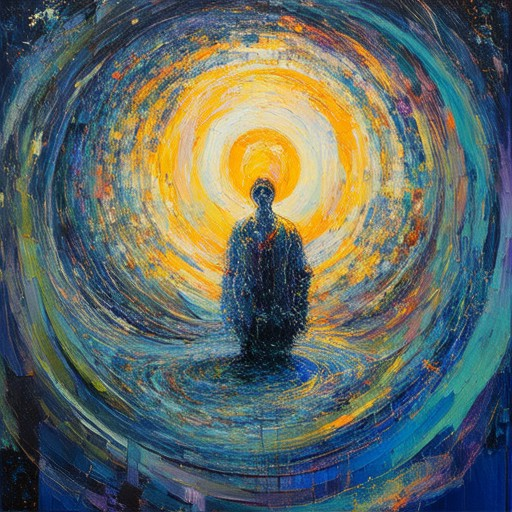
What is a Creative Reflection?
Creative reflection is a dynamic process that combines self-expression with introspection. It allows individuals to explore their emotions, thoughts, and experiences through various artistic mediums, fostering deeper understanding and personal growth.
Benefits of Creative Reflection
- Emotional Expression: Artistic creation serves as a vessel for unpacking complex feelings, offering a safe space to process emotions visually or verbally.
- Self-Discovery: Engaging in creative activities often reveals hidden talents or insights, helping individuals better understand their strengths and potential.
- Mindfulness Practice: Focusing on the creative process cultivates mindfulness, reducing stress and enhancing mental clarity.
- Connection with Others: Shared creative expressions foster empathy and mutual understanding, bridging cultural gaps through universal human experiences.
Techniques for Creative Reflection
- Journaling: Writing down thoughts and feelings in journals or diaries is a simple yet powerful method of self-reflection.
- Sketching: Visual artists can capture moments or ideas on paper, translating abstract concepts into tangible forms.
- Mind Mapping: Creating diagrams to organize thoughts and connections can illuminate patterns and relationships.
- Digital Tools: Utilizing apps and software for collages, animations, or digital art allows for innovative self-expression.
Exploring Creative Reflection Further
For those interested in delving deeper, Peter Spirito ‘s blog is an excellent resource. It offers rich storytelling and creative insights, inviting readers to embark on their own journeys of self-discovery and reflection.
Whether through traditional arts or modern digital tools, creative reflection is a transformative practice that enriches both individual lives and collective culture. Embrace your inner artist and unlock new dimensions of self-awareness today!
The 5 P’s of Creativity
The 5 P’s of creativity are essential components that foster innovation and inspire original thinking. These principles guide individuals in developing unique solutions and approaches:
- Perspective : Approaching problems from diverse viewpoints broadens creativity. Considering various angles and contexts can lead to novel ideas and effective solutions.
- Problem Solving : Identifying and addressing challenges is fundamental to creativity. Effective problem-solving techniques often uncover opportunities for innovative thinking.
- Playfulness : Embracing a lighthearted mindset encourages experimentation and risk-taking, which are vital for creativity. Playfulness helps in exploring unconventional ideas without fear of failure.
- Perseverance : Creativity requires persistence. Overcoming obstacles and staying committed to your vision is crucial for achieving meaningful outcomes.
- Productivity : Efficiently managing time and tasks allows creators to focus on refining ideas and producing high-quality work. Productivity ensures that creative endeavors are realized effectively.
These five elements collectively enhance creativity, enabling individuals to tackle challenges with fresh perspectives and resilience.
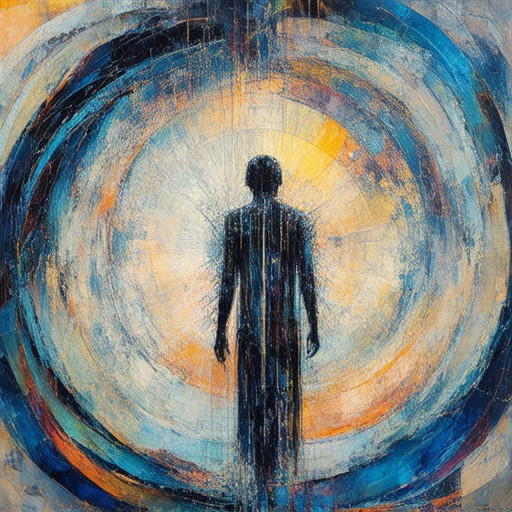
Lessons in Creativity
The ability to think creatively is a skill that can be cultivated and developed through practice, experience, and learning from others. Here are four essential lessons that highlight the path to fostering creativity:
- Embrace Limitations Creativity often thrives in constraints. Great creators understand that restrictions can spark innovation. For example, the famous “Post-it Note” was invented when a scientist realized the adhesive backing of a paper could be used for temporary notes due to a supply shortage of his usual materials. Learning to work within boundaries can lead to unexpected breakthroughs.
- Find Inspiration in the Everyday Creativity doesn’t always come from exotic sources. Many successful ideas emerge from observing simple, everyday phenomena. For instance, the concept of the “wheel” was reimagined by Henry Ford as the assembly line, transforming manufacturing processes. Look for patterns and connections in ordinary moments.
- Persevere Through Setbacks Creativity is rarely achieved overnight. Many great works faced initial rejection before gaining recognition. Author J.K. Rowling’s first Harry Potter manuscript was rejected by 12 publishers before becoming a global phenomenon. Embrace failure as part of the creative process and keep refining your ideas.
- Risk Taking is Essential True creativity requires courage to step outside established norms. Artist Banksy is known for pushing boundaries, even defying conventional gallery settings by selling his works streetwise. Don’t fear to experiment and challenge traditional approaches; sometimes the most groundbreaking ideas come from breaking the rules.
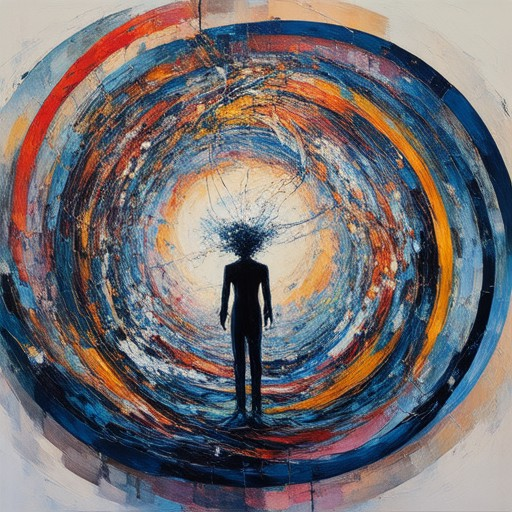
What Can You Learn About Creativity?
You can learn several valuable lessons about creativity by understanding its nature and development:
- Embrace Failure as a Learning Tool:** Creativity often involves taking risks, and not every idea will succeed on the first try. View failures as opportunities to gain insight and refine your approach rather than discouraging you.
- Cultivate Curiosity:** Curiosity fuels creativity. Ask questions, explore new subjects, and stay open-minded to discover unexpected solutions and innovations.
- Channel Constraints:** Limits can actually spark creativity. Break rules in a constructive way to find unique solutions and push boundaries.
- Value Collaboration:** Working with others brings diverse perspectives that can lead to breakthrough ideas. Share your thoughts and listen to others to foster a collaborative creative process.
- Learn from Others:** Study successful creators and analyze their approaches. Observe how they tackle challenges and adapt their methods to fit your own projects.
By developing these habits and mindsets, you can unlock your creative potential and contribute meaningfully to your personal and professional growth.
What is the main point of creativity?
Creativity is the cornerstone of innovation and personal growth, enabling individuals and societies to adapt and thrive in constantly evolving environments. It serves as a catalyst for progress, encouraging fresh perspectives and challenging conventional thinking.
- Fostering Innovation: Creativity sparks new ideas and solutions, driving advancements across industries. It allows us to approach problems from unexpected angles, leading to breakthroughs and improved outcomes.
- Enriching Personal Growth: Engaging in creative activities enhances cognitive abilities, emotional intelligence, and overall well-being. It fosters self-expression and helps individuals discover their unique potential.
- Building Societal Progress: Creativity contributes to cultural development and societal advancement. It promotes diversity of thought, enabling communities to address challenges more effectively and embrace change.
- Encouraging Expression: Creativity provides a medium for articulating thoughts, emotions, and experiences. It bridges gaps between individuals, fostering empathy and mutual understanding.
- Driving Economic Value: Creative endeavors generate economic growth by fueling entrepreneurship and competitive markets. They attract investment and contribute significantly to global trade.
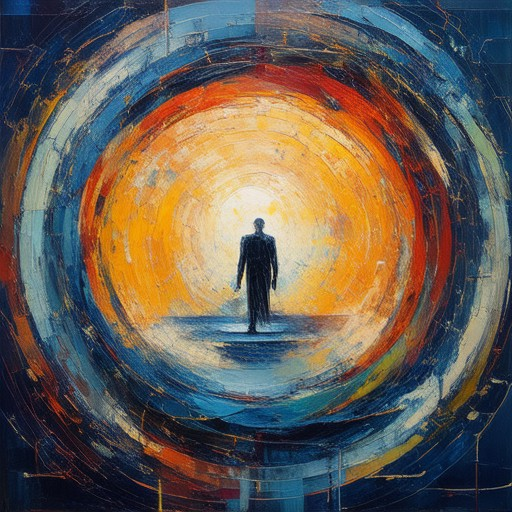
What is the Value of Creativity?
Creativity is a unique asset that transcends traditional forms of intelligence, offering transformative potential across various domains. Its value lies in its ability to generate innovative ideas, solve problems, and drive progress in personal, professional, and societal contexts.
The Impact of Creativity
Creativity fosters innovation, enabling individuals and organizations to adapt to changing environments and seize opportunities. It encourages thinking outside conventional boundaries, leading to groundbreaking solutions and advancements. Whether in business strategy, artistic expression, or scientific discovery, creativity is a cornerstone of progress.
Benefits of Creativity
- Problem Solving: Creativity unlocks novel approaches to challenges, fostering resilience and adaptability.
- Personal Growth: Engaging in creative activities enhances cognitive function, emotional intelligence, and overall well-being.
- Economic Contribution: Creative industries account for a significant portion of global GDP, driving job creation and economic development.
- Cultural Richness: Creativity enriches our cultural landscape, preserving heritage while inspiring future generations.
Applications of Creativity
Creativity manifests in diverse ways, from artistic endeavors to technological innovations. It is integral to education, allowing students to develop critical thinking and imaginative skills. In the workplace, companies leverage creativity to enhance productivity and employee satisfaction.
Embracing Creativity
Cultivating creativity requires curiosity, openness to new perspectives, and a willingness to experiment. It thrives in environments that encourage exploration and provide space for creative expression. By nurturing creativity, individuals and organizations can unlock their full potential and contribute meaningfully to their fields.
Conclusion
Creativity is not just a skill but a powerful force that shapes our world. Its value extends far beyond individual success, impacting society and driving meaningful change. Embrace creativity as a tool for growth, innovation, and personal fulfillment, and unlock the limitless possibilities it offers.
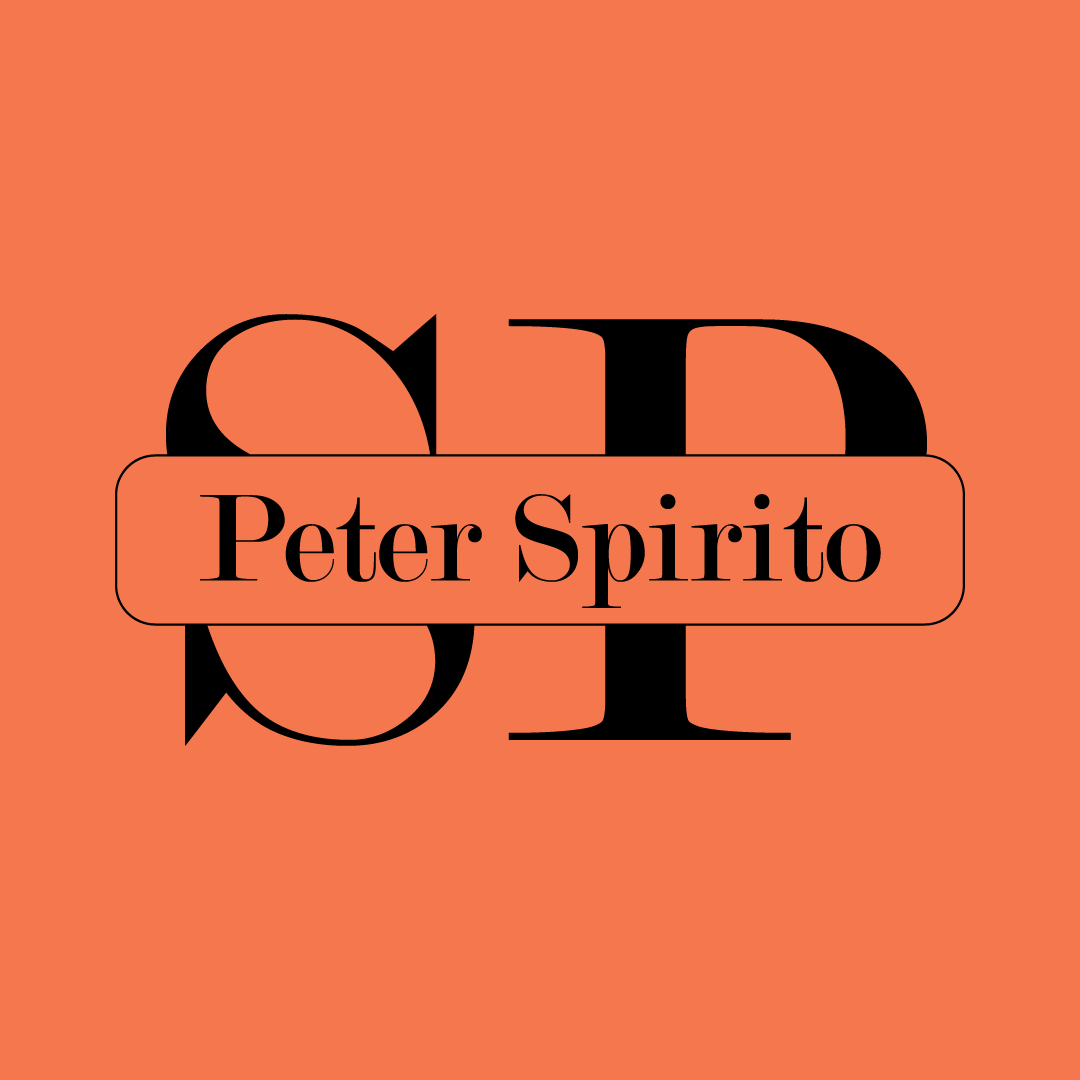
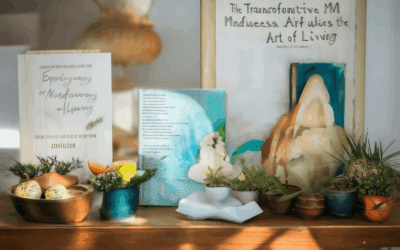

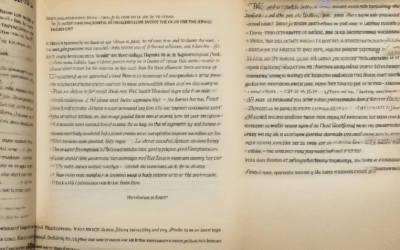
0 Comments